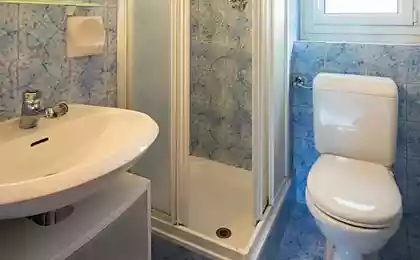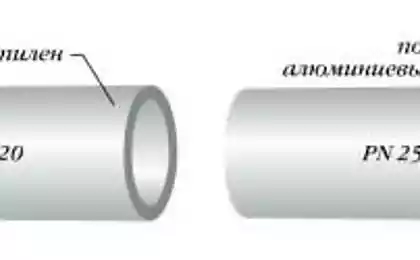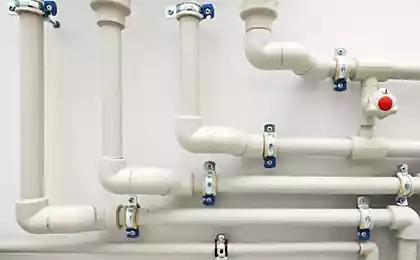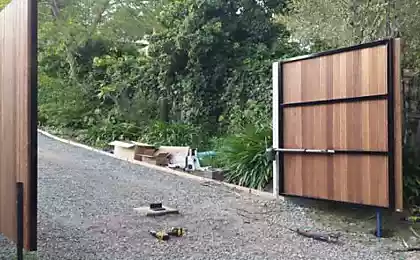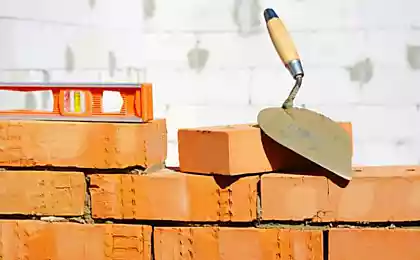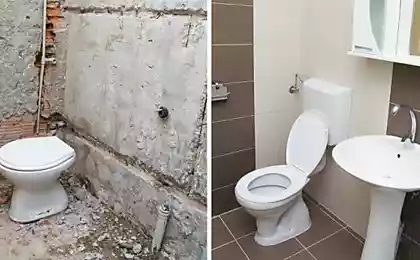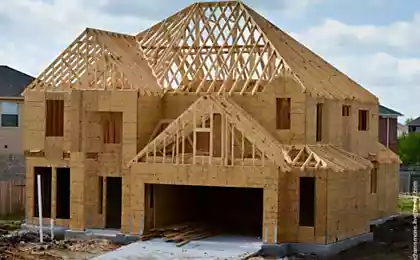151
How to cope with condensation on pipes plumber working at night
Condensation on cold water pipes is quite common. And many do not attach much importance to its appearance. Like, it's okay. That is why they are pipes to always be in the water.

Terrible and really nothing, but pleasant too, agree, little. First, oozing through the pipes on the floor and walls of the water itself looks unpleasant. Secondly, it leads to corrosion of pipes. And over time, it can cause leaks in them.
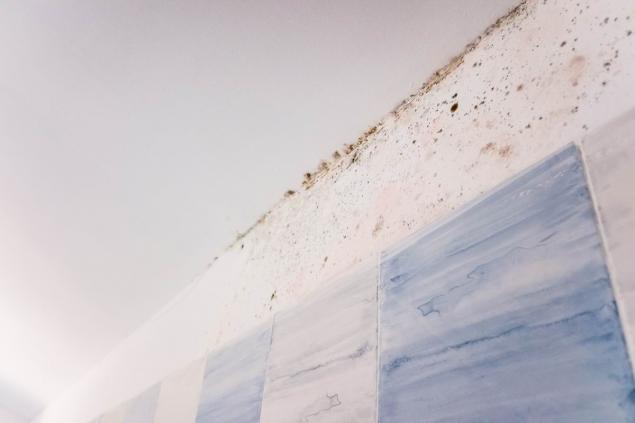
Thirdly, it contributes to the formation of fungus and mold, inhaling the spores of which we harm our health day after day. What do we do? Very simple: understand and forgive to eliminate the causes of condensation.
Condensate on pipes Why is condensation formed? The reason lies in the difference between the air temperature in the room and the water in the pipes. Earlier we wrote about this in an article on the fogging of plastic windows. Cold water is usually supplied to our apartments with a temperature of 15-16 degrees (if the water supply is drained from the well, then 10-12 degrees).

Once on the cold surface of the pipe, the water vapor contained in the air turns into water and settles in the form of condensate droplets. At the same time, the more humidity in the room, the smaller the temperature difference is enough for this.

So at an air temperature of 23 degrees and a humidity of 60% condensate is formed on surfaces with a temperature of about 15 degrees. And with a humidity of 90%, 21 degrees will be enough for this.
From this we conclude that there are at least two obvious ways to get rid of condensation. The first is to use thermal insulation, creating a reliable barrier on the way of warm air to cold pipes. The second is to reduce the humidity in the room.

One more thing. Before you start the fight against condensation, determine for sure that it is he. After all, sometimes water can flow down the riser from neighbors on top, ooze from a faulty tank or through imperceptible fistulas in old pipes.
Methods of eliminating condensation on pipes
We considered possible ways to combat condensation on pipes. They're all good in their own way. After all, they allow you to forget about the loss of moisture and not worry about its impact on your home.

Terrible and really nothing, but pleasant too, agree, little. First, oozing through the pipes on the floor and walls of the water itself looks unpleasant. Secondly, it leads to corrosion of pipes. And over time, it can cause leaks in them.

Thirdly, it contributes to the formation of fungus and mold, inhaling the spores of which we harm our health day after day. What do we do? Very simple: understand and forgive to eliminate the causes of condensation.
Condensate on pipes Why is condensation formed? The reason lies in the difference between the air temperature in the room and the water in the pipes. Earlier we wrote about this in an article on the fogging of plastic windows. Cold water is usually supplied to our apartments with a temperature of 15-16 degrees (if the water supply is drained from the well, then 10-12 degrees).

Once on the cold surface of the pipe, the water vapor contained in the air turns into water and settles in the form of condensate droplets. At the same time, the more humidity in the room, the smaller the temperature difference is enough for this.

So at an air temperature of 23 degrees and a humidity of 60% condensate is formed on surfaces with a temperature of about 15 degrees. And with a humidity of 90%, 21 degrees will be enough for this.
From this we conclude that there are at least two obvious ways to get rid of condensation. The first is to use thermal insulation, creating a reliable barrier on the way of warm air to cold pipes. The second is to reduce the humidity in the room.

One more thing. Before you start the fight against condensation, determine for sure that it is he. After all, sometimes water can flow down the riser from neighbors on top, ooze from a faulty tank or through imperceptible fistulas in old pipes.
Methods of eliminating condensation on pipes
- Foamed polyethylene
Insulation from foamed polyethylene or polyethylene foam (PPE) is perhaps the most famous way to combat condensation and heat loss in pipes. Such insulation has a high coefficient of thermal insulation, does not rot, does not pass steam or water, is durable and inexpensive. But it also has its flaws.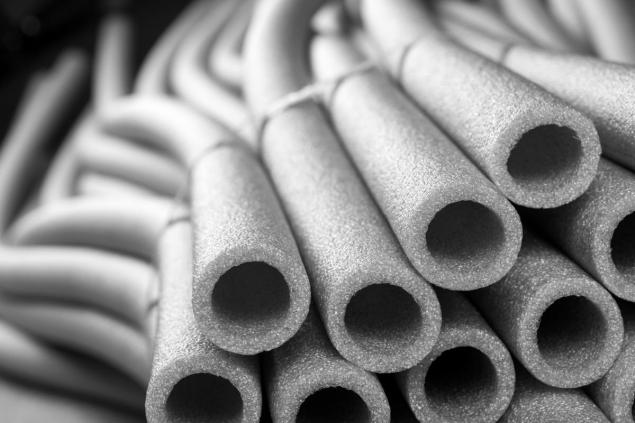
Ideally, the insulating sleeve is put on the pipe before it is installed. Otherwise, difficulties may arise. To avoid the need to dismantle the pipes, the insulating material is separated along the line of the technological section.
Then the joint should be glued, but often this is done poorly. Over time, the scotch peels off, moisture seeps into the crevices and the whole idea of insulation loses its effectiveness. - Liquid thermal insulation
Liquid thermal insulation mixtures (for example, "Korund", "Heat Barrier") are deprived of some of the disadvantages of foamed polyethylene. Most importantly, they are equally easy to apply both before and after installation of pipes.
You can do this with a regular brush. When solidified, the composition forms a strong layer that protects against condensation and corrosion. It is logical that the more layers of such paint to apply, the stronger will be the effect. - Forced ventilation
If the ventilation system does not cope with its duties, the constant presence of foreign smells, condensation on the pipes, dampness and mold in the corners are ensured.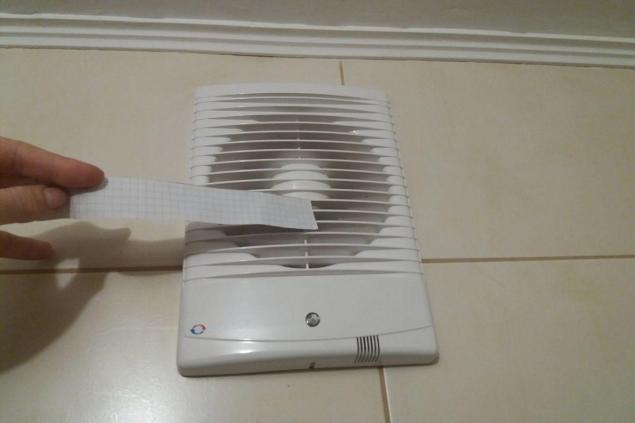
To make the inflow of air free and reduce humidity will allow the installation at the exit of the ventilation hole of an electric fan. Usually it is installed on the same line with lighting. This allows for automatic airing when someone enters the bathroom. - Dehumidifiers
Household air dehumidifiers are a radical solution. They allow you to quickly reduce humidity to a comfortable level and maintain it for a long time. But they are expensive, and also constantly consume electricity.
We considered possible ways to combat condensation on pipes. They're all good in their own way. After all, they allow you to forget about the loss of moisture and not worry about its impact on your home.








